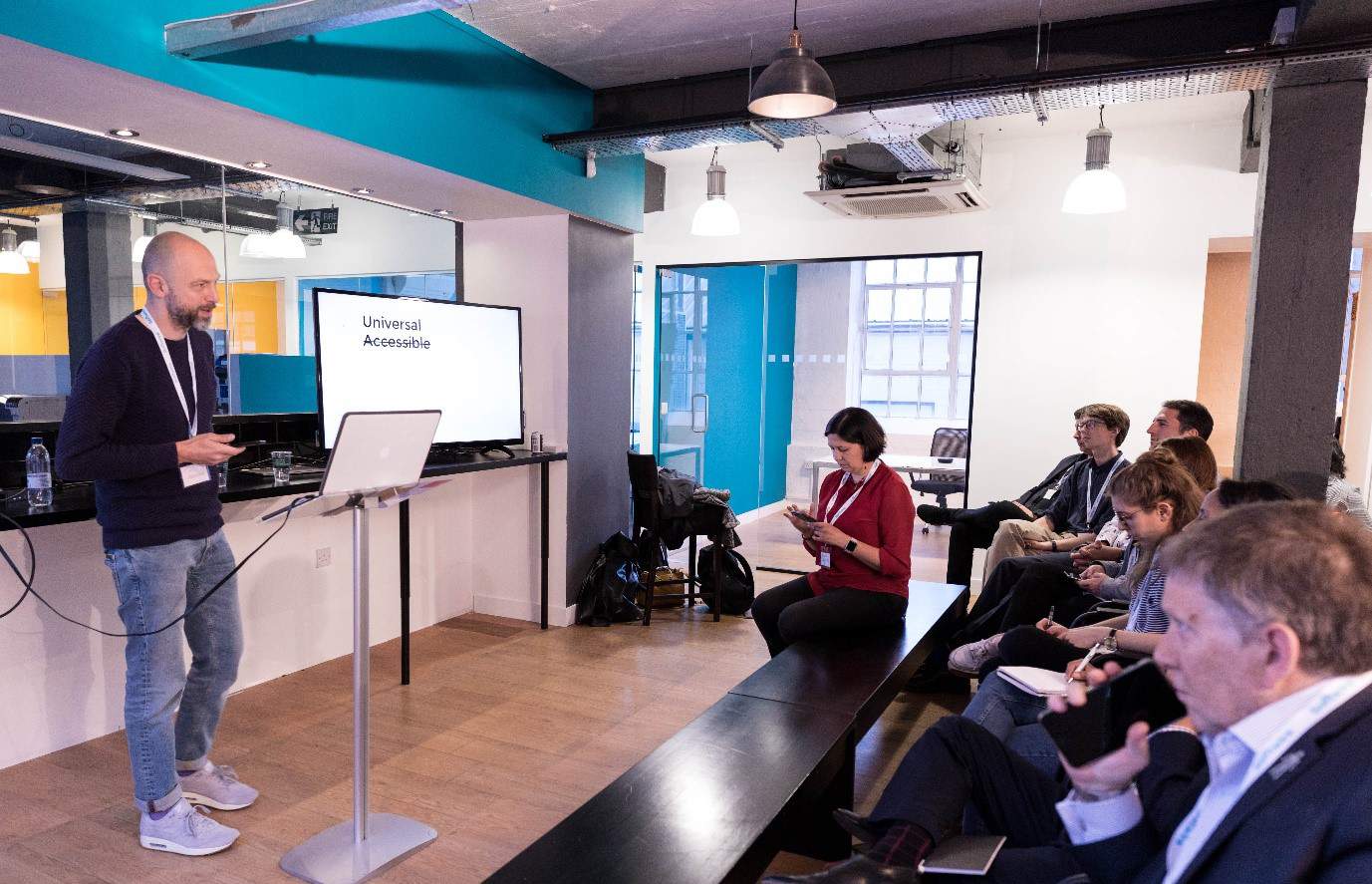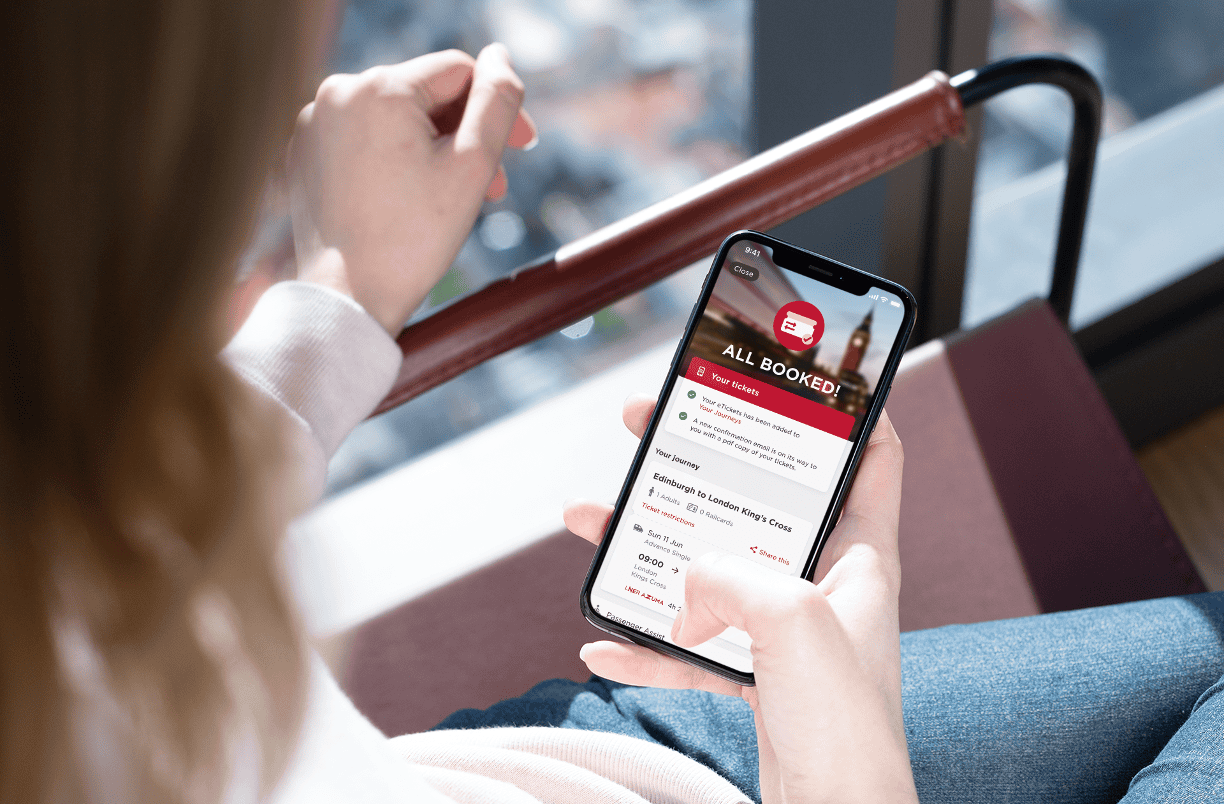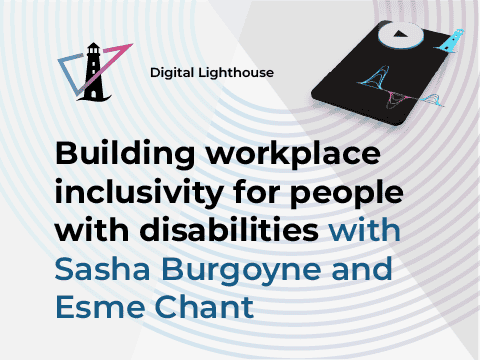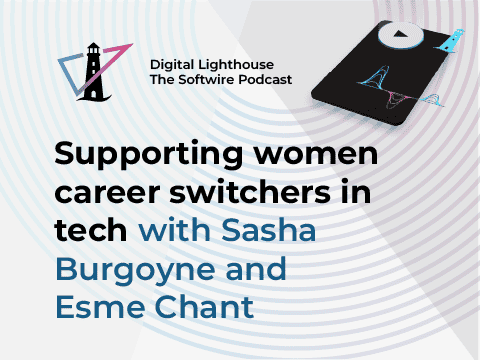
We recently hosted an event for Global Accessibility Awareness Day (GAAD), coordinated with District 4 and UX for Change. The event facilitated talks from Phil Robertson (a seasoned UX consultant who’s worked with the likes of F1, BMW, Apple, and Rolls Royce), Matteo Belfiore (Senior Frontend / UI Developer for The Dots, writing semantic and accessible code), Rochelle Dancel (Design Lead at Idean), and Tim Harwood (Head of Design at Softwire).
During the event, all four discussed the importance of digital access and inclusion, sparking conversations around the future of software development in creating more usable interfaces, and more sophisticated assistive technologies.
GAAD
In November 2011 Los-Angeles based web developer, Joe Devon, posted a blog piece about the importance of overcoming the lack of inclusion for users of varying capabilities and access. Devon declared that;
‘On this day , every web developer will be urged to test at least one page on their site in an accessibility tool. After fixing up the page, they are urged to blog about what they changed and inspire others to follow suit’
GAAD is all about getting people talking, thinking and learning about digital access and inclusion. The UX design community has a particularly important role to play in this, which is why we decided to host this years GAAD talks, to encourage people to better understand, and account for, the needs of their users.
Who are the users?
UX designers and software developers at the event discussed the importance of recognising that there are many varying factors as to why a user requires better accessibility. This includes, but is not exclusive to the following environmental, physical, and mental limitations:
- Auditory
- Cognitive
- Neurological
- Physical
- Speech
- Visual
- People using smaller portable device screens or people using different device inputs
- Older people with changing abilities
- ‘Temporary disabilities’ (broken arm/lost glasses)
- ‘Situational limitations’ (such as bright sun or an environment where users cannot listen to audio)
- People living in rural areas
- People living in the Global South
Phil Robertson pointed out that there are 1.3 billion people globally with accessibility needs, and 13 million people in the UK alone are affected by disabilities. With such a range of permanent and temporary limitations that users face globally when using technology, it is essential that developers begin to incorporate the access needs of their users from the get-go, rather than adding accessibility tools as an extra feature at the end of the program completion.
Accessible or Universal?
Tim Harwood, Head of Design at Softwire, discussed the meaning of ‘accessible’, and the potential impacts we have on users when we separate people who ‘cannot access’ to everyone else. Tim suggests that if we start to think of accessibility and usability as a universal issue – rather than an issue for those who have more ‘permanent’ disabilities – then inclusivity will be built into the way we think about, and design interfaces for everyone.
The United Nations department for Web Accessibility states that;
‘The concept of inclusion is linked with “universal design”, which is defined in the convention as “the design of products, environments, programmes and services to be usable by all people, to the greatest extent possible, without the need for adaptation or specialised design”’
If we change the terminology used in ‘accessible’ UX research and design, then we can change the way both the developers and the user’s themselves perceive universal needs for access.
What’s already out there?
UX Consultant, Phil Robertson, gave several examples of assistive technology that’s already out there to improve universal access.
BlindSquare provides GPS enabled voice descriptions for the blind and visually impaired. By pairing with other navigation apps, BlindSquare is able to describe the surrounding area of the user in detail, announcing things such as points of interest and intersections.
Be My Eyes “is a free app that connects blind and low-vision people with sighted volunteers and company representatives for visual assistance through a live video call. Every day, sighted volunteers lend their eyes to solve tasks big and small to help blind and low-vision people lead more independent lives.”
Color ID assists people with colour blindness. By hovering over any colour, the name of the colour will appear on the screen. Not only does this app seem to help those in creative pursuits, its also a practical app for those that need to distinguish between different coloured wires in their home, for example.
There are many different assistive apps out there on the market, however app technology still has a long way to come in making programmes universally accessible. To try and steer away from relying on separate assistive technology, developers are starting to think about how to integrate assistive features into a ‘universal’ user app. Tailored options when downloading an app could allow for the app to alter its functionality based on the users’ needs.
Do the research
Rochelle Dancel, Design Lead at Idean, pointed out that sometimes you need to think out of the box to understand where your users are having trouble accessing your design. During one of their case studies, they found that they needed to ring some of the users directly and ask them how they use the service, and what was limiting them from using the interface, only then did they realise where the design was going wrong, and how they needed to adjust the program for universal access. Understanding the user’s accessibility needs through individual research, means that the software you develop will not only be inclusive, but will place you ahead of your competitors by addressing the gaps in the market.
Global Accessibility Awareness Day, is an important opportunity for UX designers and developers to learn and evolve their ideas together, about how we can make global user experience inclusive, and accessible to all. We have a long way to go in achieving ‘universal access’, however, with impactful events like these, we can be inspired by those who are already integrating accessibility throughout their designs in sophisticated ways.


